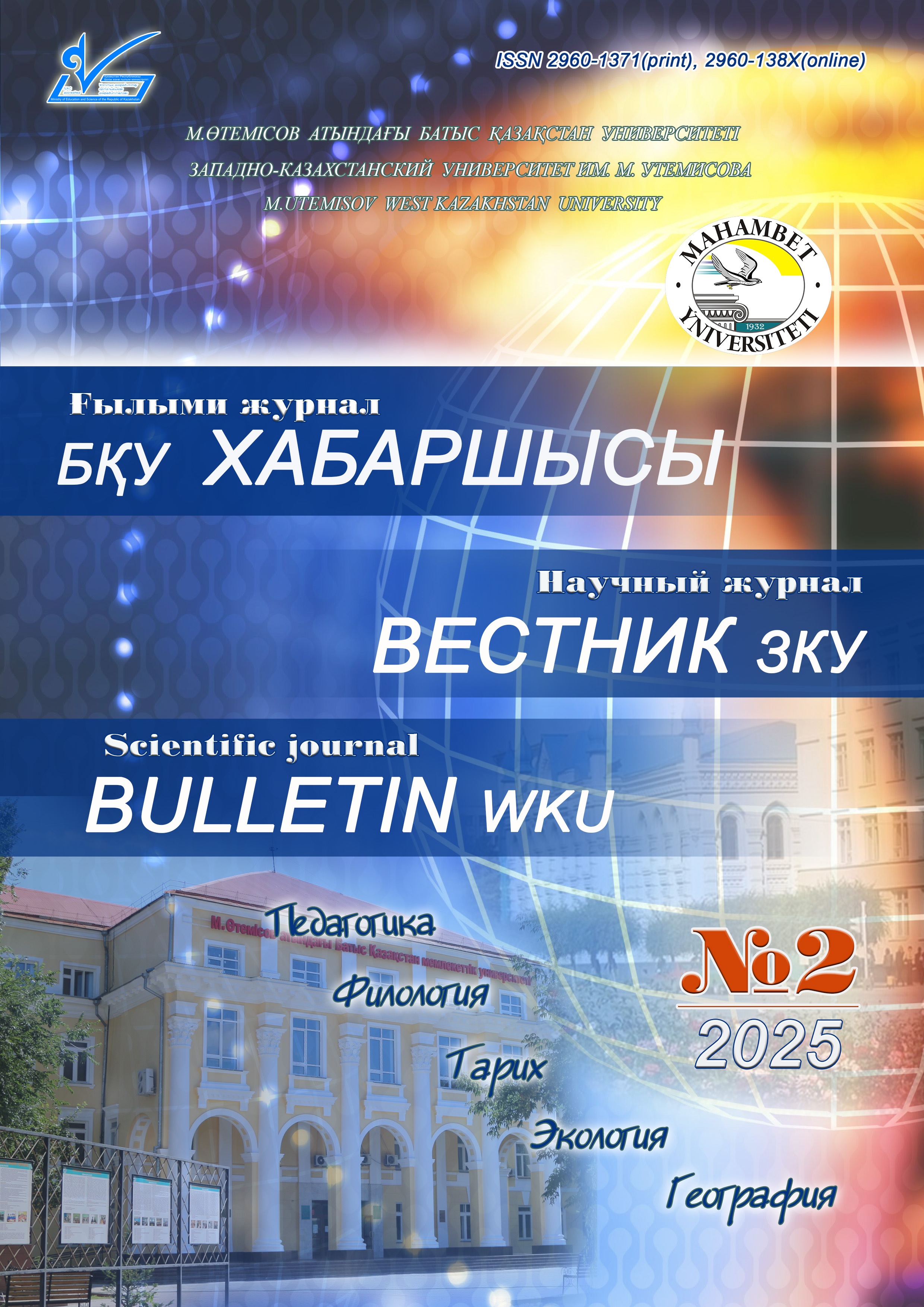REGIONAL FEATURES OF DOMESTIC YAK (BOS MUTUS) DISEASES DURING ACCLIMATIZATION IN THE ORENBURG REGION
Abstract
Increased interest in the treatment and prevention of diseases of large herbivores is associated with the processes of their acclimatization during introduction and reintroduction, modeling of behavior in conditions of existence in the wild, with minimal human participation. Nature conservation projects for the return of large ungulates to their natural habitat are becoming widespread in order to maintain the optimal functioning of natural ecosystems. The ideology of the project corresponds to the concept of ecological rewilding. Animals are kept in a semi-free state. Since 2014, acclimatization of the domestic yak (Bos mutus Przewalski, 1883) has been carried out in the Orenburg region. The domestic yak was selected as a species adapted to existence in extreme conditions with low temperatures, extreme solar radiation in southern latitudes and relatively dry conditions. The conditions of keeping the yak in the steppe zone differ from its natural habitat. During the observation period, two main reasons for the violation of the physical condition of animals were recorded. Firstly, these are injuries received during life. Injuries are often complicated by wohlfartiosis. The second violation of the physical condition of the domestic yak is eye damage in some individuals, which occurs due to the incomplete adaptation of some animals to the high wind activity characteristic of the steppe region. The main cause of conjunctivitis and keratitis is dust raised by strong winds. A set of measures has been developed and adapted to ensure the treatment of animals in conditions close to their natural habitat and semi-free maintenance.



